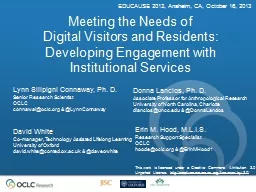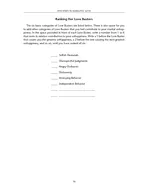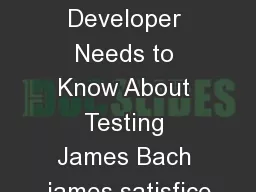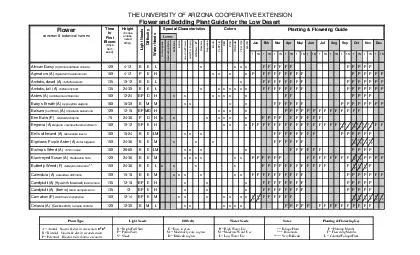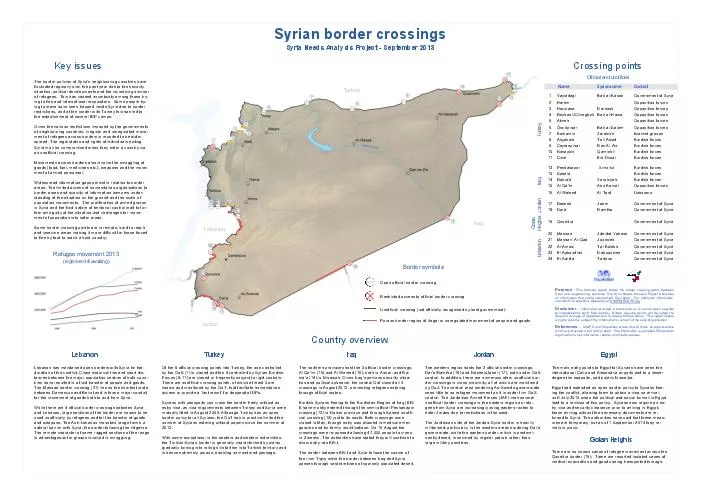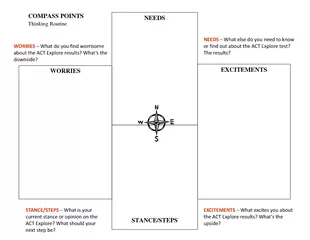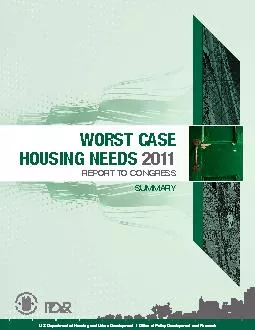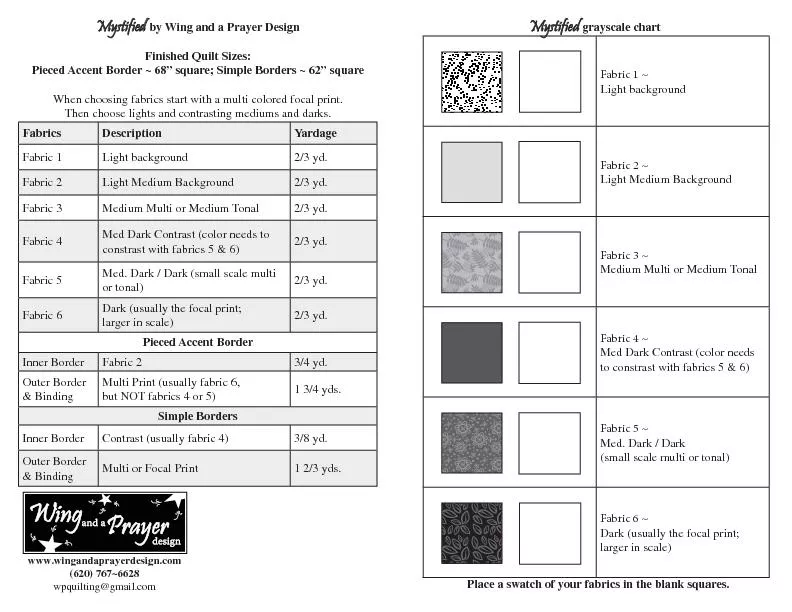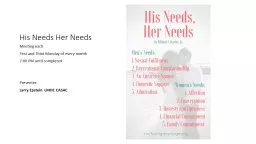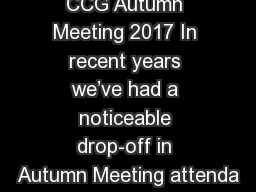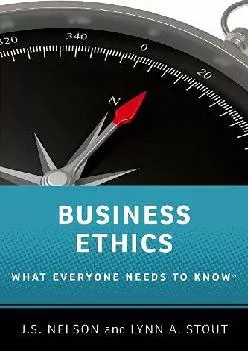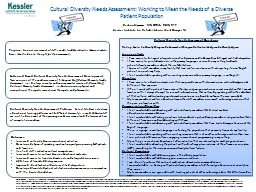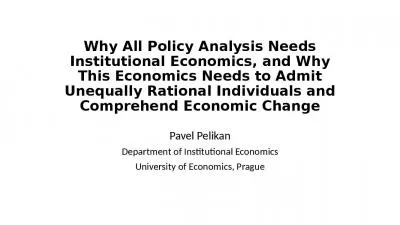PPT-Meeting the Needs of
Author : briana-ranney | Published Date : 2016-07-03
Digital Visitors and Residents Developing Engagement with Institutional Services Lynn Silipigni Connaway Ph D Senior Research Scientist OCLC connawaloclcorg amp
Presentation Embed Code
Download Presentation
Download Presentation The PPT/PDF document "Meeting the Needs of" is the property of its rightful owner. Permission is granted to download and print the materials on this website for personal, non-commercial use only, and to display it on your personal computer provided you do not modify the materials and that you retain all copyright notices contained in the materials. By downloading content from our website, you accept the terms of this agreement.
Meeting the Needs of: Transcript
Download Rules Of Document
"Meeting the Needs of"The content belongs to its owner. You may download and print it for personal use, without modification, and keep all copyright notices. By downloading, you agree to these terms.
Related Documents

